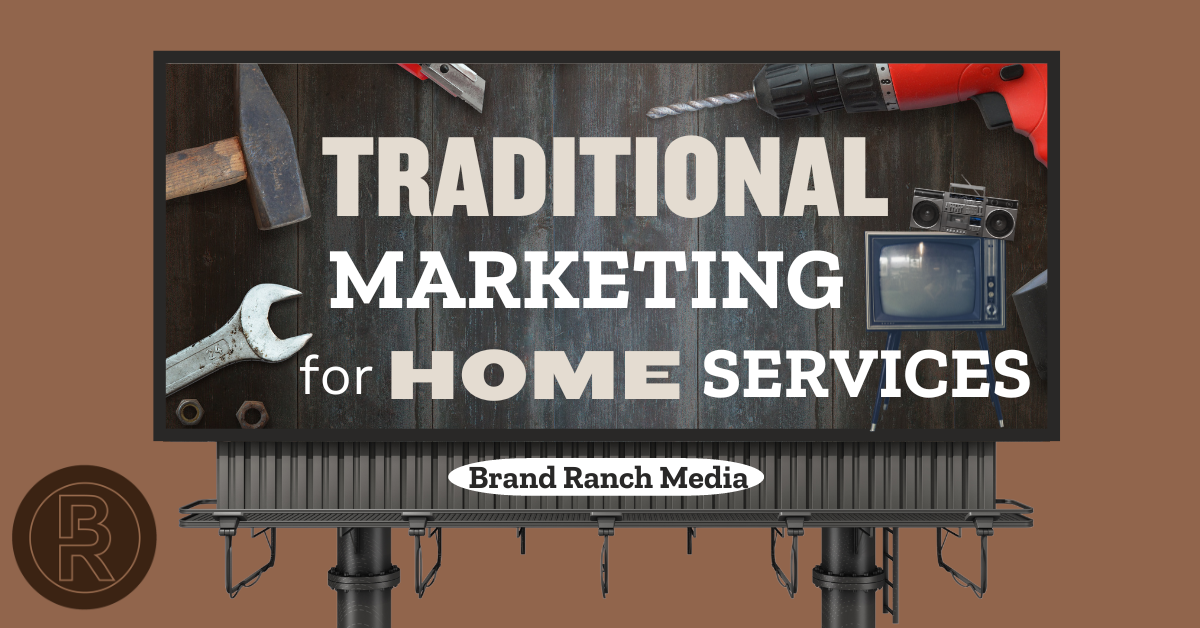
Traditional Marketing for Home Services
If you are in the home services industry in Houston Texas, you already know how competitive the market is! Many multi-million-dollar brands of renown have

If you are in the home services industry in Houston Texas, you already know how competitive the market is! Many multi-million-dollar brands of renown have
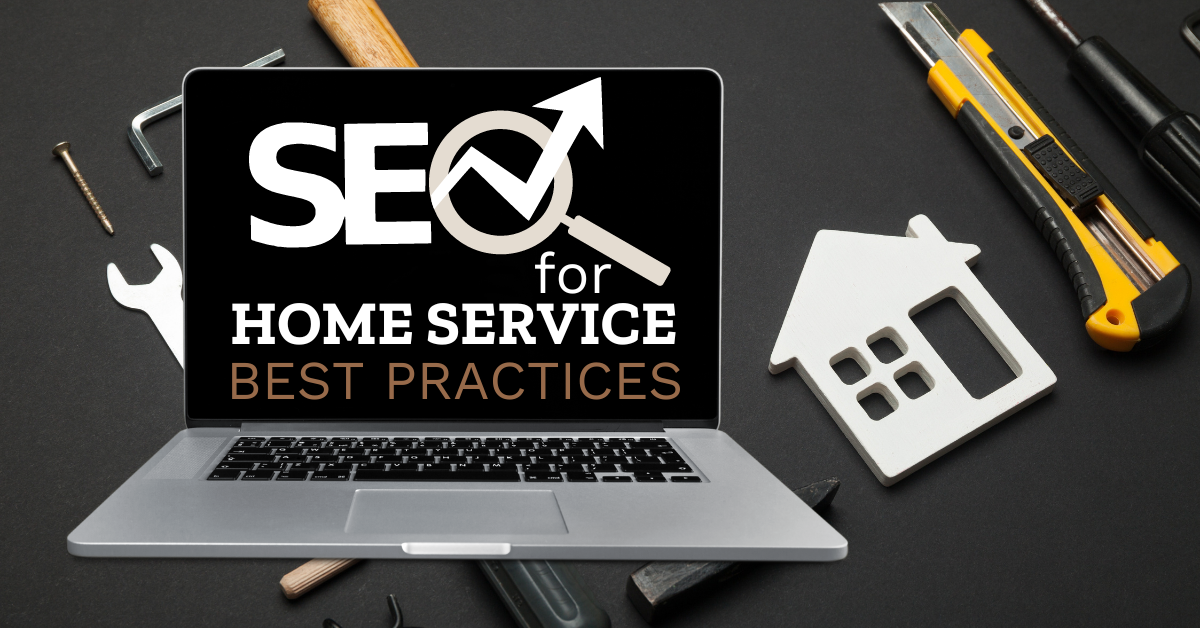
Competition for home services SEO is extremely high. There are many home services companies in large-urban marketplaces – some locally owned and some nationally.
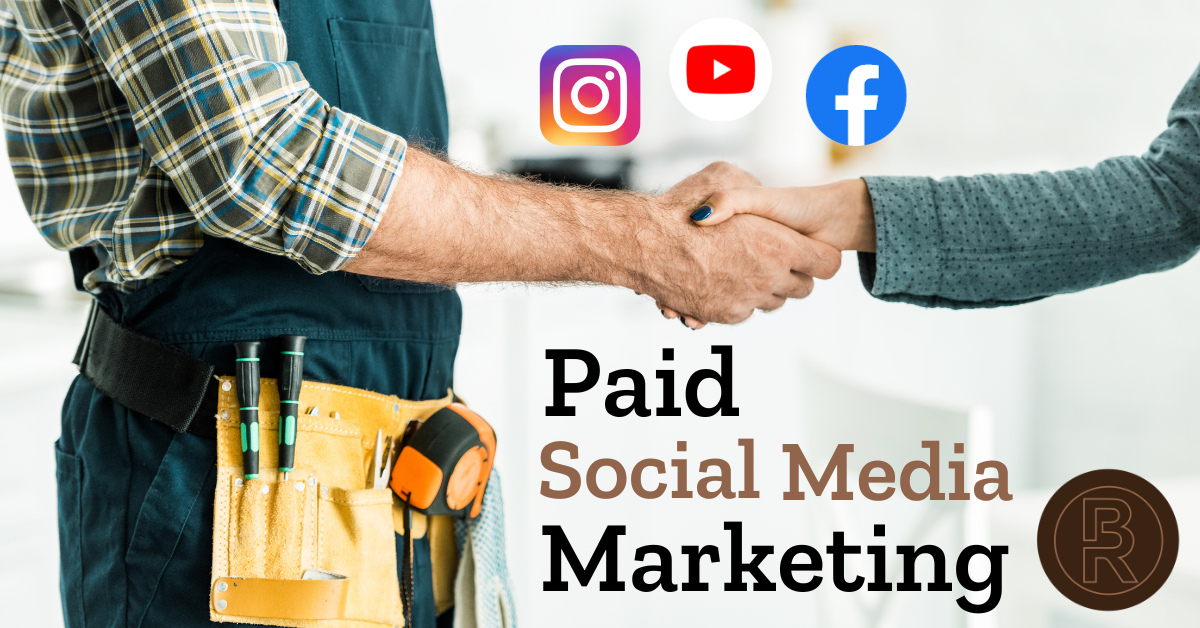
In our last blog, we discussed how digital marketing campaigns can benefit a home services business. As we continue to deep dive into advertising
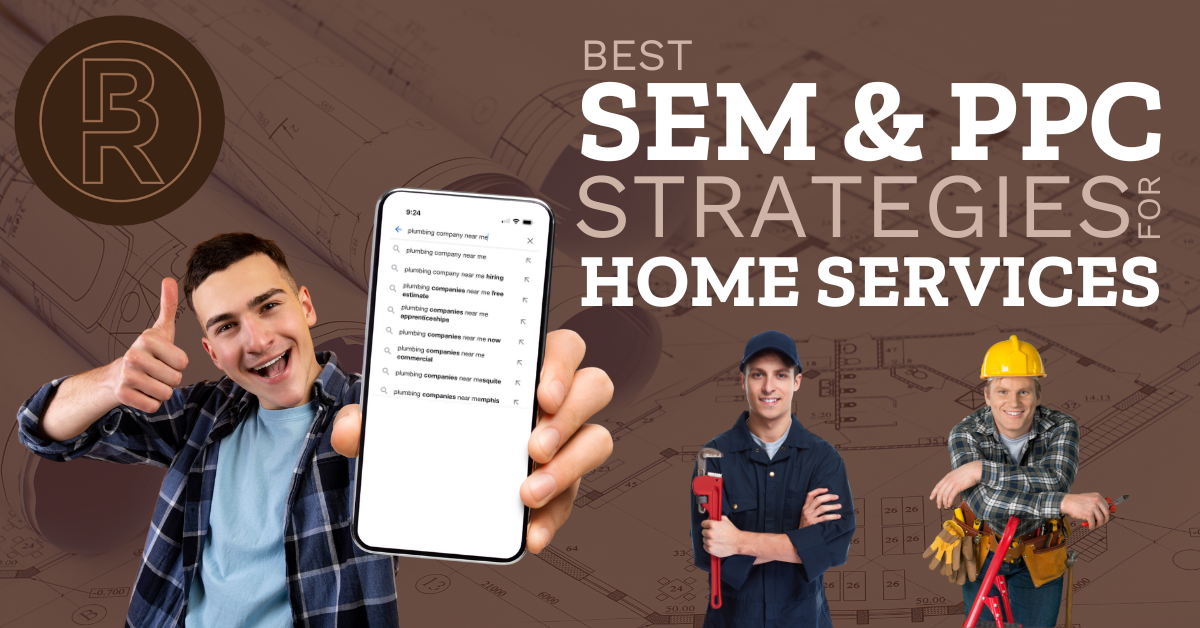
After providing an overview of home services marketing tactics in our last article, it’s time to dig a little deeper and talk some specifics

There are many different advertising platforms and strategies one can use for home services marketing. Brand Ranch Media has proven that a balanced advertising
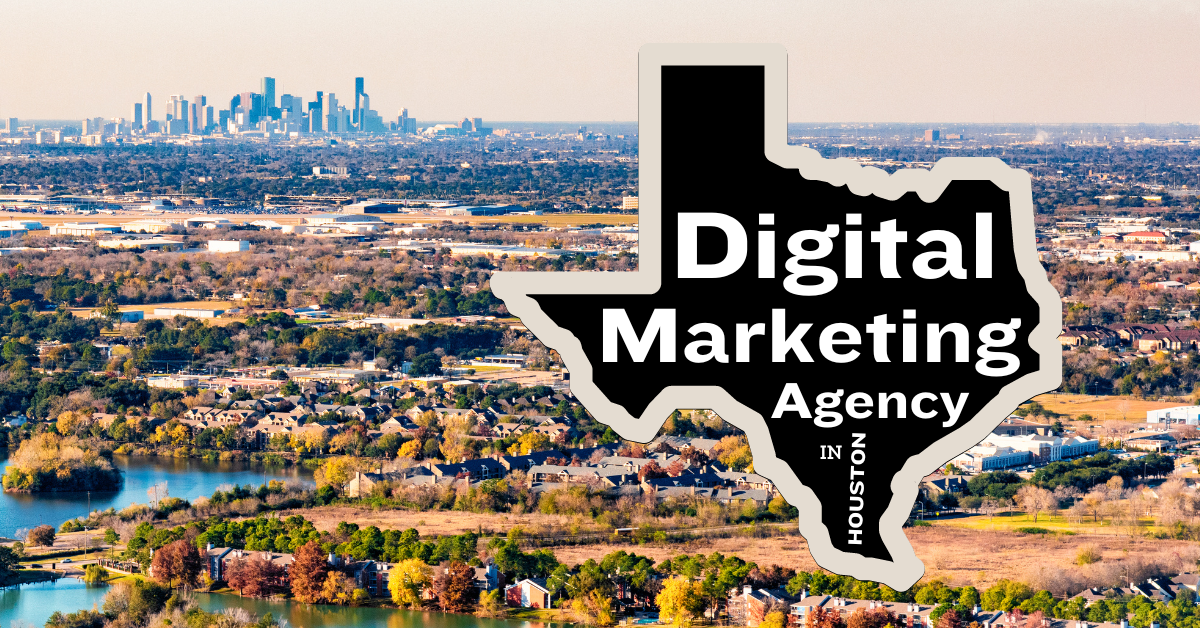
Digital Marketing can be extremely overwhelming. It’s a lot to keep track of! Ads are not just something you can “turn on.” Digital Marketing